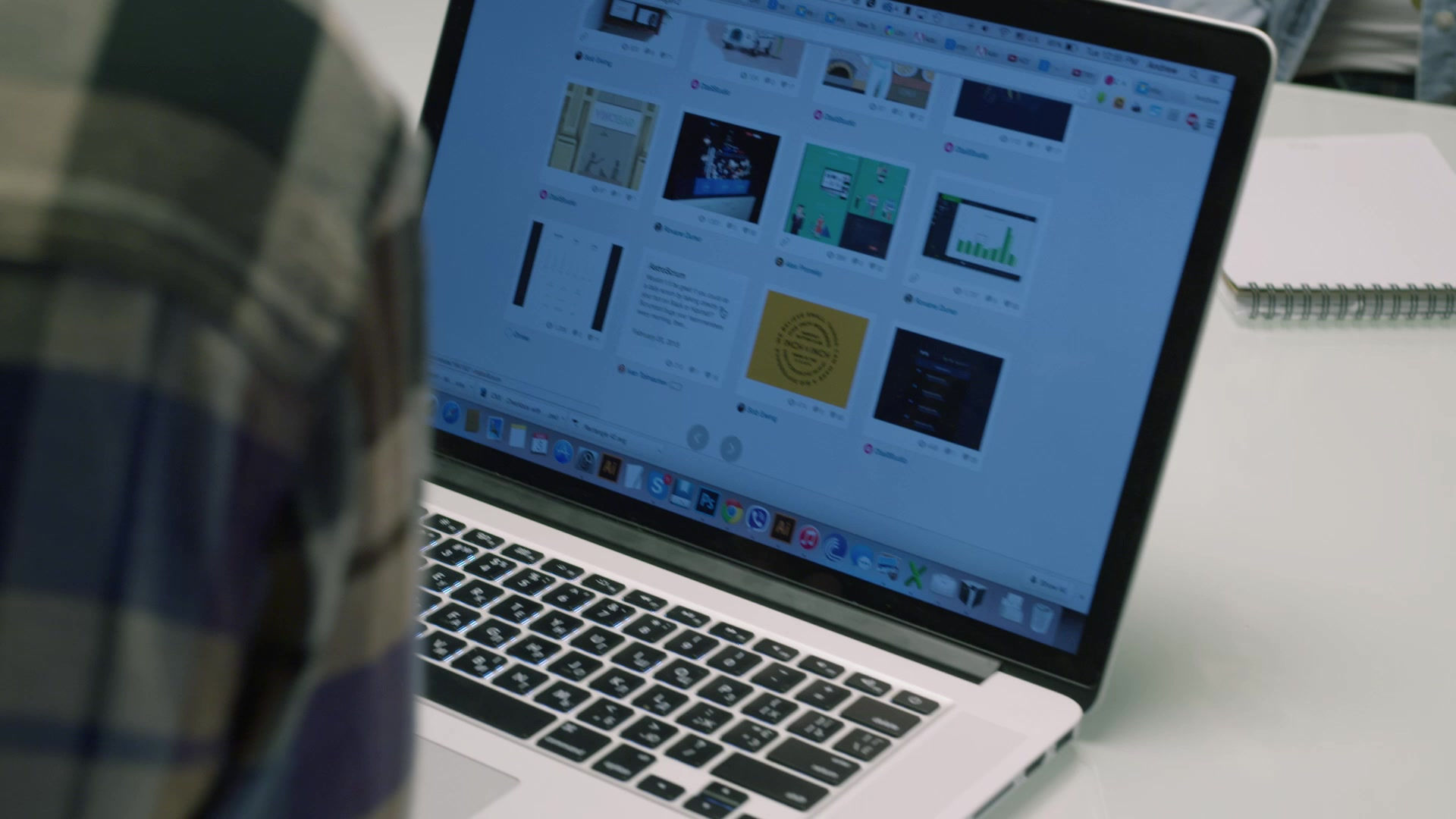
Homes With Marina,
where dreams come home...
B e l l e v u e
Bellevue, WA is a city in the Eastside region of King County, Washington, United States, located across Lake Washington from Seattle. It is the third-largest city in the Seattle metropolitan area and has variously been characterized as an edge city, a suburb, or satellite city. Bellevue routinely shows up near the top of various lists for the best places to live in the country. The "city in a park" with the high-rises and retail options downtown offers residents and visitors many ways to pass the time. At the same time, this high-tech hub and regional employment center is a magnet for businesses big and small.
Bellevue is the fifth largest city in Washington, with an estimated population of 145,300 (2019). Bellevue is the high-tech and retail center of the Eastside, with more than 150,000 jobs and a downtown skyline of gleaming high-rises.
While business booms downtown, much of Bellevue retains a small-town feel, with thriving, woodsy neighborhoods and a vast network of trails. With nearly 100 parks, Bellevue is known as "a city in a park." The city's crime rates are consistently low.
The city spans more than 33 square miles between Lake Washington and Lake Sammamish and is a short drive from the Cascade Mountains. People can kayak within sight of downtown in the Mercer Slough Nature Park, a 320-acre wetland preserve.
The population is growing and becoming more diverse. In 2015, according to the U.S. Census, Bellevue's population became evenly split between non-Hispanic whites and people of color, making the city one of the most diverse in Washington. With over 39 percent of its population having been born in a foreign country in 2017, Bellevue is culturally diverse with about 50 percent of its population being of a non-White race or ethnicity and 43 percent speaking a language other than English at home. Asians comprise just over 34 percent of Bellevue’s population, which is the twelfth highest percentage in the nation for cities with 100,000 in population or more and the highest percentage of large cities outside of California and Hawaii.
In addition to being culturally diverse, Bellevue has a diversity of people of different ages living within the city. As baby boomers turn 65, older adults are comprising a larger proportion of Bellevue’s population resulting in a gradual evening out of Bellevue‘s age distribution. In 2017, residents under 20 years of age comprise about 21 percent of the population, the younger workforce ages 20 to 44 about 38 percent, the older workforce ages 45 to 64 about 27 percent and people 65 and over comprise another 14 percent of the population.
Education is highly valued among Bellevue’s residents as witnessed by the ever increasing share of people with bachelor’s degrees or higher. About 68 percent of Bellevue’s population 25 years and older had a Bachelor’s degree or higher in 2017, nearly half of whom had a graduate or professional degree.
Having a large share of adults with high levels of educational attainment, Bellevue also has a large share of workers who are in management, business, science and arts occupations, at about 64 percent in 2017. About another 17 percent worked in sales and office occupations, 12 percent in service occupations, five percent in production, transportation and material moving occupations and about three percent in natural resource, construction and maintenance occupations.
While median earnings and household incomes were relatively high in Bellevue in 2017 at $73,092 and $121,168 respectively, a range of earnings and incomes existed. About a tenth of Bellevue’s working residents earned less than $35,000 a year and about a fifth of Bellevue’s households had incomes less than $50,000 a year. About 6.5 percent of Bellevue’s population were in poverty in 2017.
A diversity of household types exists within Bellevue with married couples without children comprising the largest share at 32 percent of all households in 2017 followed by married couples with children at 26 percent and single person households at 25 percent. The average household size was about 2.40 people per household in 2017.
A range of housing types exists in the city to house Bellevue’s diverse population. In 2017, about 47 percent of Bellevue’s housing stock was in single family detached structures, another 11 percent was in town home, duplex, triplex and fourplexes and the remaining 42 percent of housing units were in structures with five or more units. About 55 percent of Bellevue’s occupied housing units were owner occupied and 45 percent were renter occupied in 2017.
The number of bedrooms in housing units also varies in Bellevue. In 2017, about six percent of housing units in the city were studios with no bedroom and about eight percent had five bedrooms or more. About 16 percent were one bedroom units, 29 percent two bedroom, 20 percent three bedroom and 21 percent four bedroom housing units.
Cost of housing in Bellevue varies as well. About 26 percent of Bellevue's households were cost burdened in 2017 paying 30 percent or more of their incomes on housing. The median monthly housing cost for households without a mortgage was about $920 a month. Households with a mortgage paid a median of $2,864 a month, and households that rent paid a median of about $1,837 a month. About 34 percent of renters in Bellevue spent 30 percent or more of their incomes on housing in 2017 followed by 23 percent of households with a mortgage and about 17 percent of households without a mortgage.
Bellevue has its own school district, that serves the city of Bellevue, WA and the smaller surrounding communities of Clyde Hill, Medina, Hunts Point, Yarrow Point and Beaux Arts. We also serve portions of Issaquah, Kirkland, Newcastle, Redmond and unincorporated King County.
Our schools include: 16 elementary schools, 1 Spanish Immersion elementary school, 1 Mandarin dual language elementary school, 5 comprehensive middle schools, 4 comprehensive high schools and 2 choice schools (grades 6-12). Continue reading about schools HERE.